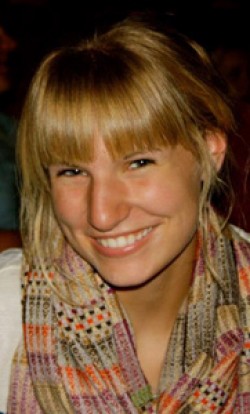Celebration of Scholars
The Effect of Idealized Media Images on Body Dissatisfaction in a Nonclinical Population
 Name:
Lauren Burleson
Name:
Lauren Burleson
Major: Psychology and Sociology
Hometown: Brookfield, WI
Faculty Sponsor:
Other Sponsors: Lyng, Stephen
Type of research: Senior thesis
Abstract
The Effect of Idealized Media Images on Body Dissatisfaction in a Nonclinical Population
Social science research has consistently supported the idea that body dissatisfaction occurs due to exposure to the mass media (Groesz, Levine, & Murnen, 2002). However, there is a lack of research devoted to studying the different effects the media has on males and females. Therefore, within this thesis, differences in the impact of idealized media images on individuals within a nonclinical population of males and females were measured through the utilization of the Body Satisfaction Scale (BSS), Sociocultural Attitudes Towards Appearance Scale (SATAQ-3), Eating Attitudes Test (EAT) and Drive for Muscularity Scale (DFMS). Overall, 191 Carthage College students were surveyed. Three hypotheses were derived from the compilation of the sociocultural, objectification, and social comparison theories. First, it was predicted that females would have statistically higher mean body dissatisfaction scores, pressure, internalization, and information subscale scores than males. Second, a significant positive correlation was expected to be found between body dissatisfaction score and behavior score for females, but not for males. Third, in regards to engagement in negative weight management behaviors, it was anticipated that males would report using behaviors characterized by a “drive for muscularity,” while women would report using behaviors that would help them lose the most weight in a short amount of time. All of the hypotheses were confirmed through independent sample t-tests and Pearson-r correlations.Submit date: March 11, 2014, 8:02 a.m.
